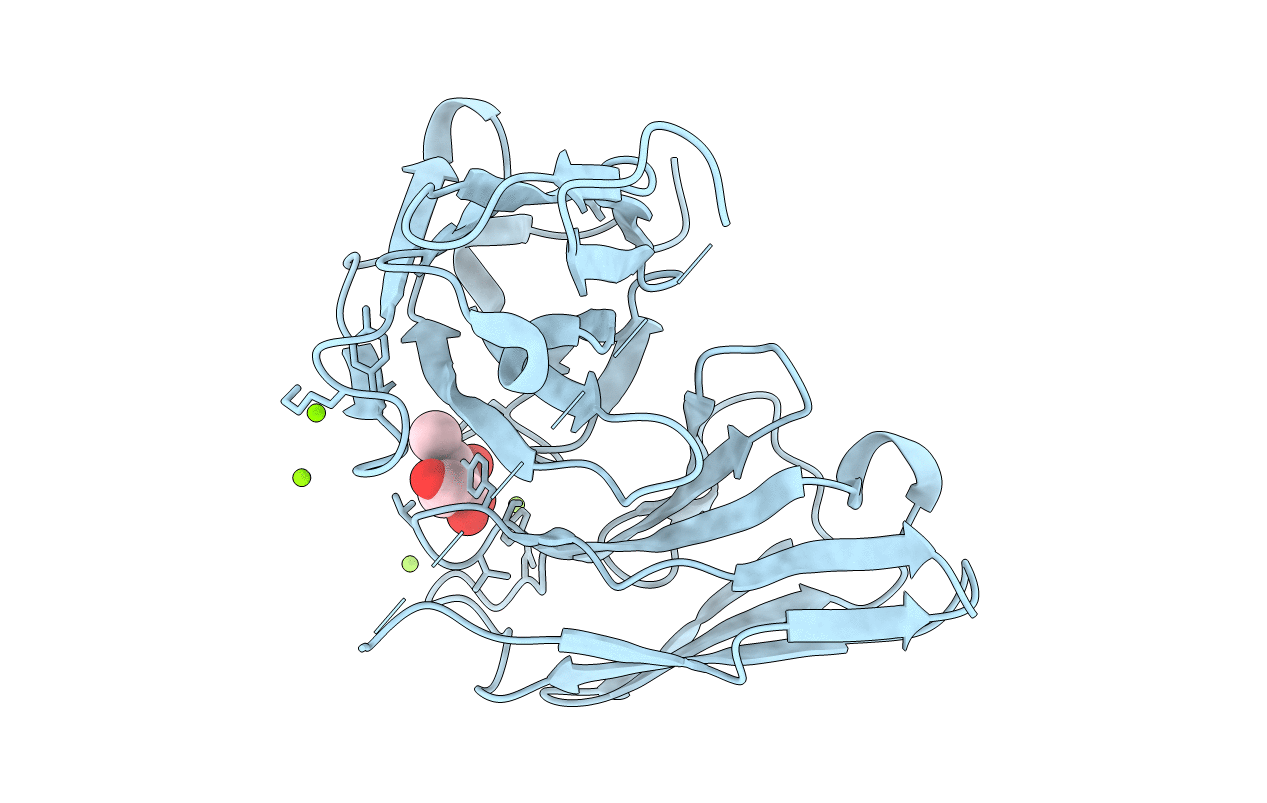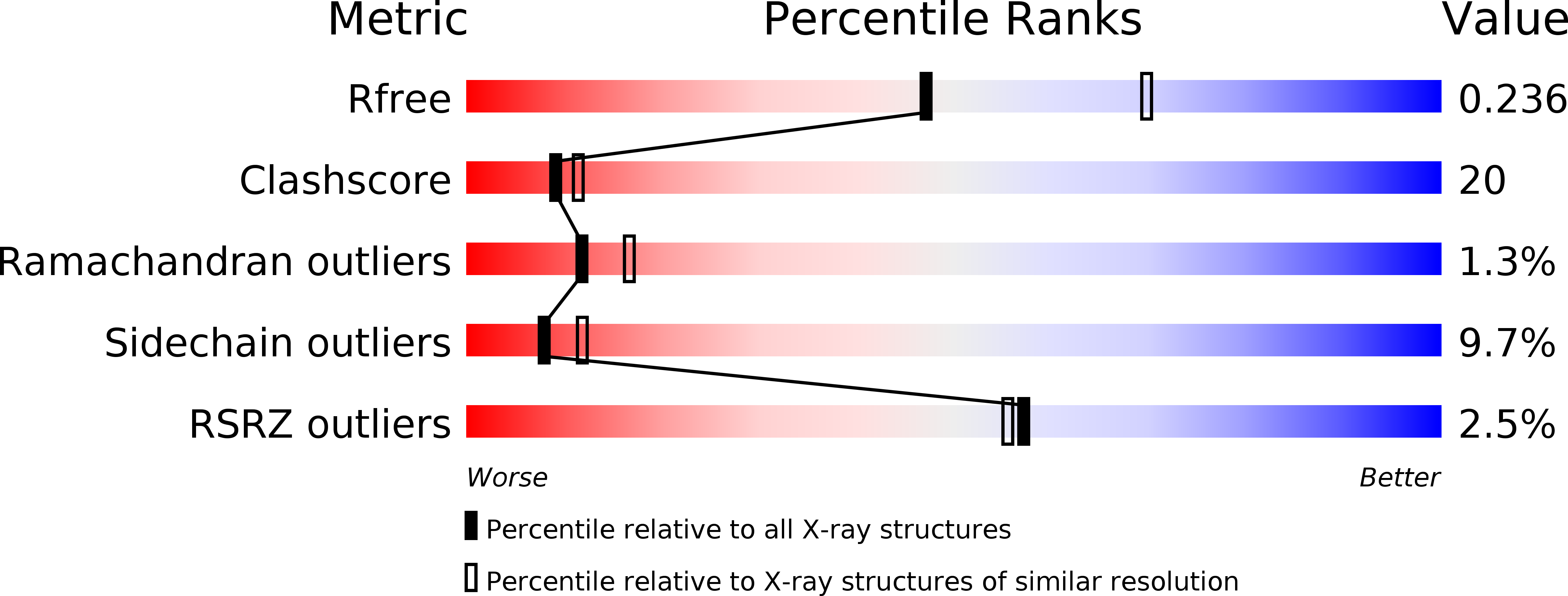
Deposition Date
2012-09-08
Release Date
2013-06-19
Last Version Date
2024-10-16
Entry Detail
PDB ID:
4H0I
Keywords:
Title:
Crystal Structure of Scfv-2D10 in Complex with Methyl Alpha-D-Mannopyranoside
Biological Source:
Source Organism:
Mus musculus (Taxon ID: 10090)
Host Organism:
Method Details:
Experimental Method:
Resolution:
2.40 Å
R-Value Free:
0.24
R-Value Work:
0.22
R-Value Observed:
0.22
Space Group:
P 31 2 1


